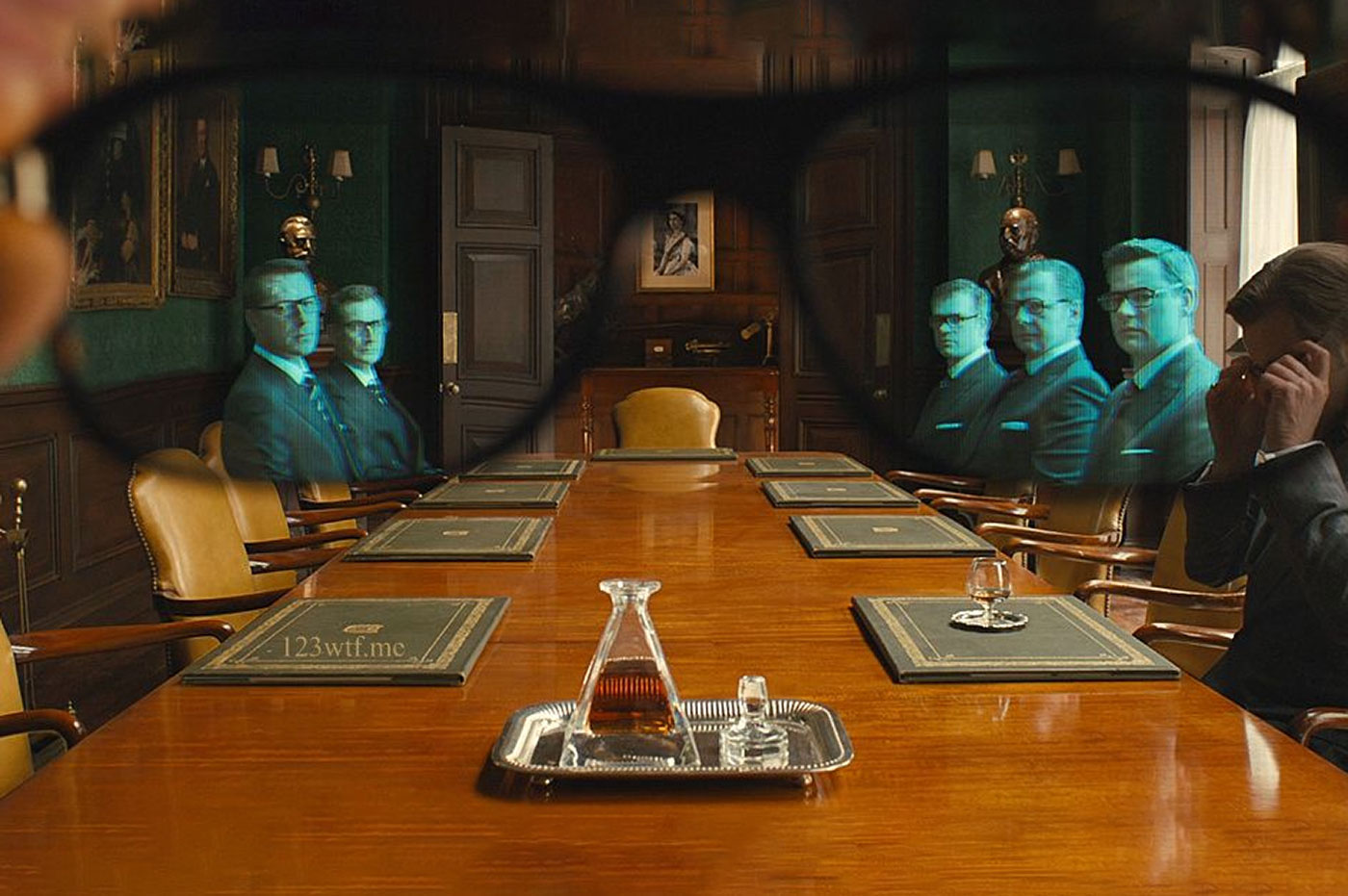
The Shift to New Devices
In Part I of this blog series we discussed how we, as business people today, have access to many mobile devices and applications that allow us to communicate in and outside of our workplace in increasingly new and innovative ways. It is evident that there is a transition away from today’s devices of smartphones, tablets, and 2-In-1s, toward connected wearables with next generation embedded mobile connectivity using embedded SIM (eSIM) technology. This next generation mobile connectivity will allow wearables to access mobile data directly, without having to be tethered to your smartphone. This transition towards enterprise mobility brings a significant shift toward new devices, including more wearable technology like smart glasses.
Enterprise Mobility Tomorrow – The Future of Work
At “Work”
Consider the following “Mobile Enterprise of Tomorrow” scenario. Employees of companies large and small interact with colleagues and customers from anywhere in the world. If they are even sitting at a desk still, that desk will no longer have a desk phone, a monitor or even a laptop. Employees will be wearing smart glasses (or contacts) and will use a speech based virtual assistant (similar to Alexa, Google Assistant, or Mycroft) to launch search requests. They can listen to the answer to their search on the smart glasses speakers or view the rendered web page in the lenses of their glasses. Documents and messages will most often be drafted using speech based dictation.
Typing, scrolling, and page navigation will all be performed with gestures (like swiping on visual keyboards) or by using voice commands, depending on the setting.
Using facial recognition from an outward facing camera, data about colleagues will show up on your smart glasses as you approach them along with task reminders of what you owe them and what they owe you.

In a “Meeting”
In the board room or the conference room, employees will be able to see other remote or “virtual” colleagues sitting around the conference room table using Augmented Reality (AR) as if they were in the same room (a great example of this is seen in the recent movie Kingsman: The Secret Service (above).
Users will connect to a networked camera in the conference room, place a wireless camera on the table or toss a mini “hover” drone camera in the air, to show their video. Audio and video will be transmitted to all participants via mobile voice, video and messaging services.
Participants will be able to swipe/push applications to a virtual screen/whiteboard using gestures and update or annotate the document/image by drawing/selecting/typing with gestures.
Communication – Messaging and Calling
In the post smartphone era, users will communicate with voice or video using one of their wearables (e.g. smartwatch, smart glasses, ear bud etc.). Messages will be simple voice notes or dictated to a virtual assistant and appear on the intended user’s smart glasses or be read/played on a destination wearable. In a consistent manner, all calls and messages will be transmitted to all participants via standards based mobile voice and messaging services using embedded mobile connectivity. All mobile devices and wearables will be compatible even when communicating from a wearable to a smartphone – so don’t worry, smartphones will be around for at least a little while longer!

Outside the Office
Consider also the following mobile scenarios. As in the workplace, when at a business meeting or event, information about business contacts and customers will show up in one’s smart glasses indicating information about that contact – family members or hobbies that you can fold into the conversation, important notes from your last meeting, information about any business issues or trouble tickets outstanding with this customer or the status of any pending orders or deliveries.
Even while traveling to your destination, driving and walking directions will show-up in your smart glass lenses. Regardless of your selected mode of transportation, you will have instructions on how to get to your destination. If you have time for some sightseeing when traveling in a new city, information about significant sights can be overlaid on the building or object that is being viewed.
Seem a little far-fetched? Well it’s not! All of the capabilities and technologies discussed in this article exist today! All that is needed to make this a reality is to take existing technologies on the market and combine them to create the functions and experiences described above.
In all these scenarios, next generation mobile connectivity using embedded SIM (eSIM) technology will allow devices and wearables to access data in such an automatic manner that we will no longer even think about it!
iBasis Global Access for Things is helping a number of companies enable this next generation of Enterprise Mobility with a single source for mobile data access, globally. Click here to find out more and come join us for the journey!

